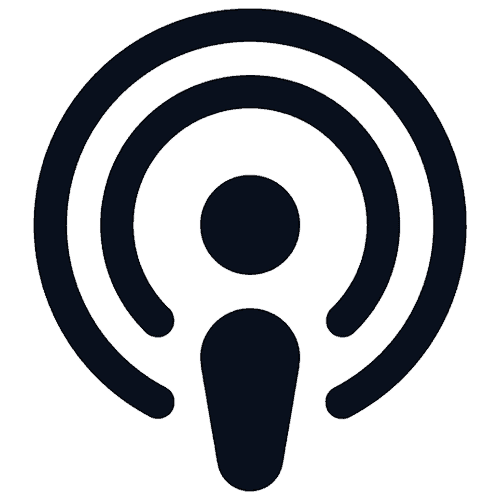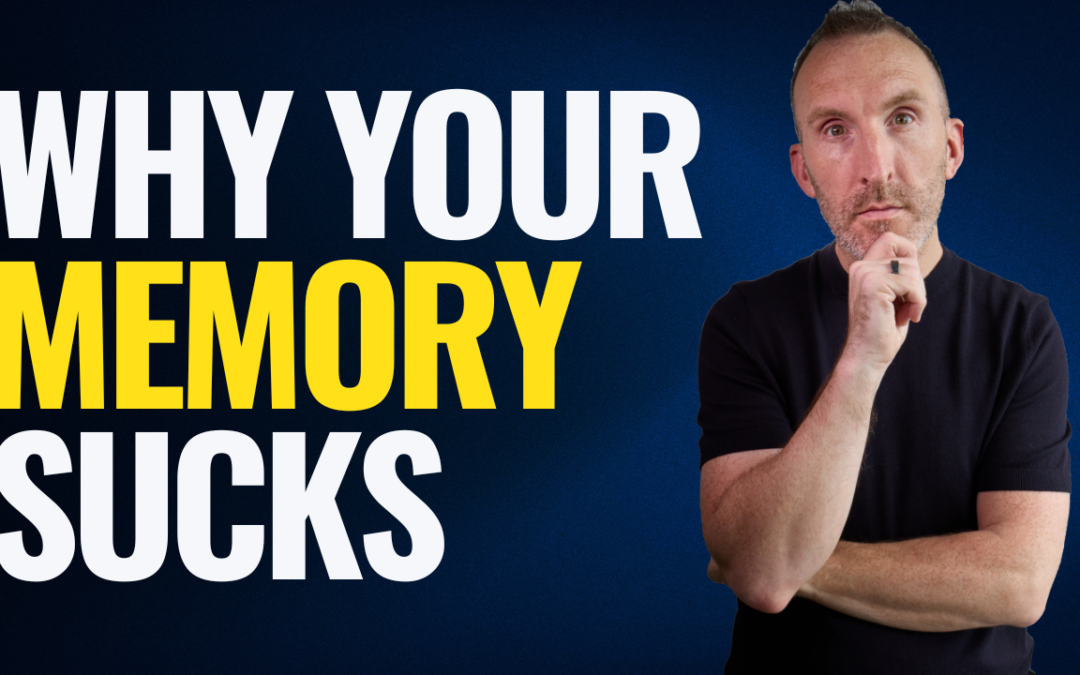The last work of Dan Pink episode explores his two excellent books A Whole New Mind and When. Two books that will help you understand yourself and the world better.
A WHOLE NEW MIND
The brain’s two sides include the LEFT and the RIGHT.
The LEFT is associated with reasoning and detail The RIGHT is associated with feeling and patterns.
Throughout history, society has emphasized the value of the left side of the brain.
2 MISCONCEPTIONS:
- The right brain is a savior
- The right brain is a saboteur
Both brains not under your control.
- The Left focuses on categorization and details
- The Right zooms in on relationships and the bigger picture
Many professions such as lawyers, engineers, doctors – knowledge workers.
Knowledge workers earn a living based on the skills learned at school.
Analytical and theoretical thinking.
Logic and rationality important
FOCUS nowadays on long term broader thinking.
Knowledge workers are rapidly changing the workforce and add to globalization.
Outsourcing is becoming normal.
In this age of abundance, now right brain is becoming more valued. – conceptual age.
6 factors
1) Design
2) Story
3) Symphony
4) Empathy
5) Play
6) Meaning
When
The Hidden Pattern of Everyday Life
Our cognitive skills change over the course of a day
These daily fluctuations are more extreme than we think.
Our performance depends on what we are doing, when
In the mornings, during the peak, analytic work is best
Later, during the recovery, we do better on insight/creative work
LARKS and OWLS
The Synchrony Effect
Peak Trough Rebound
Morning advice:
- Drink a glass of water when you wake up;
- Avoid coffee immediately after you wake up;
- Get sun
- Schedule talk-therapy appointments for the morning.
Afternoons and Coffeespoons
Suggestions for great breaks:
- Something better than nothing.
- Moving better than stationary.
- Social better than solo.
- Outside better than inside.
- Fully detached better than semi-detached.
Lunch breaks need autonomy and detachment.
Nap between 10-20 minutes
20-20-20 Rule
5 minute walk every hour
Beginnings: Starting Right, Starting Again, and Starting Together
Beginnings have a far greater impact than most of us understand. Beginnings, in fact, can matter to the end.
Start right. Start again. Start together.
Do a Premortem
There are eighty-six days that are especially effective for making a fresh start:
- The first day of the month (twelve)
- Mondays (fifty-two)
- The first day of spring, summer, fall, and winter (four)
- Your country’s Independence Day or the equivalent (one)
- The day of an important religious holiday—for example, Easter, Rosh Hashanah, Eid al-Fitr (one)
- Your birthday (one)
- A loved one’s birthday (one)
- The first day of school or the first day of a semester (two)
- The first day of a new job (one)
- The day after graduation (one)
- The first day back from vacation (two)
- The anniversary of your wedding, first date, or divorce (three)
- The anniversary of the day you started your job, the day you became a citizen, the day you adopted your dog or cat, the day you graduated from school or university (four)
- The day you finish this book (one)
4 times to go first
- On a ballot
- If you’re not the default choice
- If there are relatively few competitors
- If you’re interviewing for a job and you’re up against strong candidates,
4 situations when you should NOT go first:
- If you are the default choice, don’t go first.
- If there are many competitors
- If you’re operating in an uncertain environment,
- If the competition is not strong
To make a fast start in a new job:
- Begin before you begin
- Let your results do the talking.
- Stockpile your motivation.
- Sustain your morale with small wins.
Midpoints: What Hanukkah Candles and Midlife Malaise Can Teach Us About Motivation
- Be aware of midpoints
- Use them to wake up
- Imagine you are behind
Endings: Marathons, Chocolates, and the Power of Poignancy
“Endings of all kinds—of experiences, projects, semesters, negotiations, stages of life—shape our behavior in four predictable ways. They help us energize. They help us encode. They help us edit. And they help us elevate.”
“At the beginning of a pursuit, we’re generally more motivated by how far we’ve progressed; at the end, we’re generally more energized by trying to close the small gap that remains.”
The End of Life Bias
- Do you want to be in this job on your next work anniversary?
- Is your current job both demanding and in your control?
- If your job doesn’t provide both challenge and autonomy, and there’s nothing you can do to make things better, consider a move.
- Does your boss allow you to do your best work?
- Are you outside the three-to-five-year salary bump window?
- Does your daily work align with your long-term goals?
Synching Fast and Slow: The Secrets of Group Timings
Groups must synchronize on three levels:
Synch to the boss—to set the pace, maintain the standards, and focus the collective mind.
Synch to the tribe—to one another.
Synch to the heart
Thinking in Tenses: A Few Finals Words
Work on making the future seem closer so we can make better decisions for our future selves.
Podcast: Play in new window | Download







